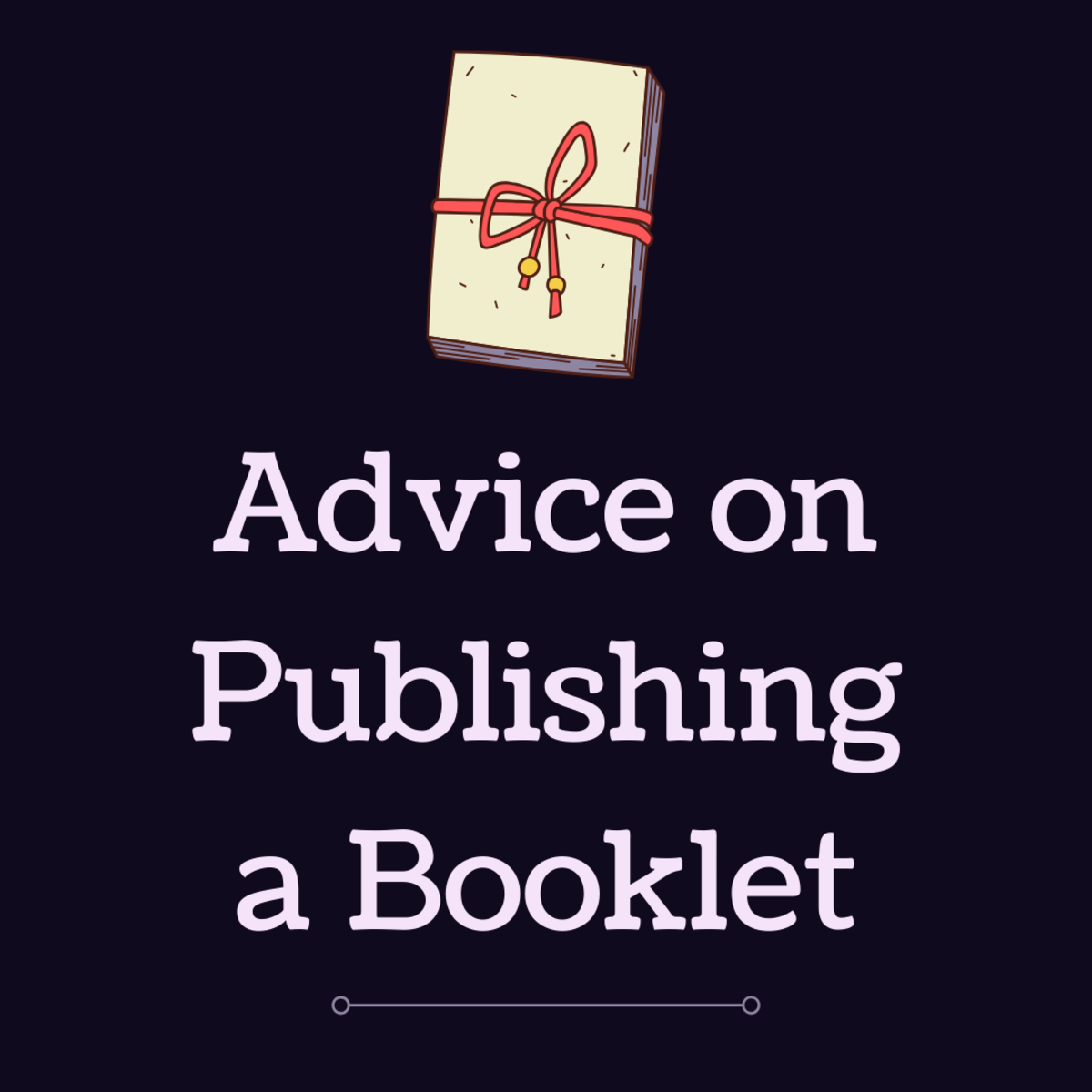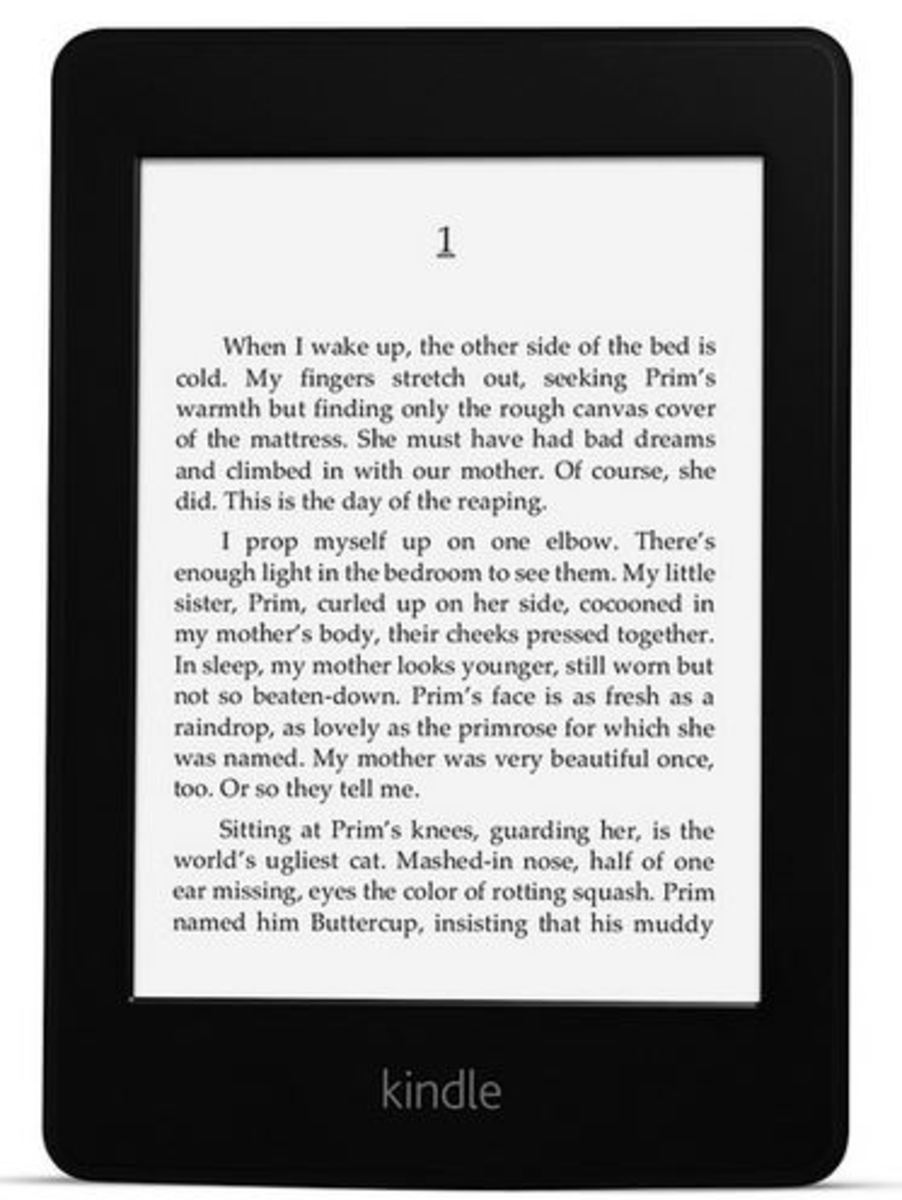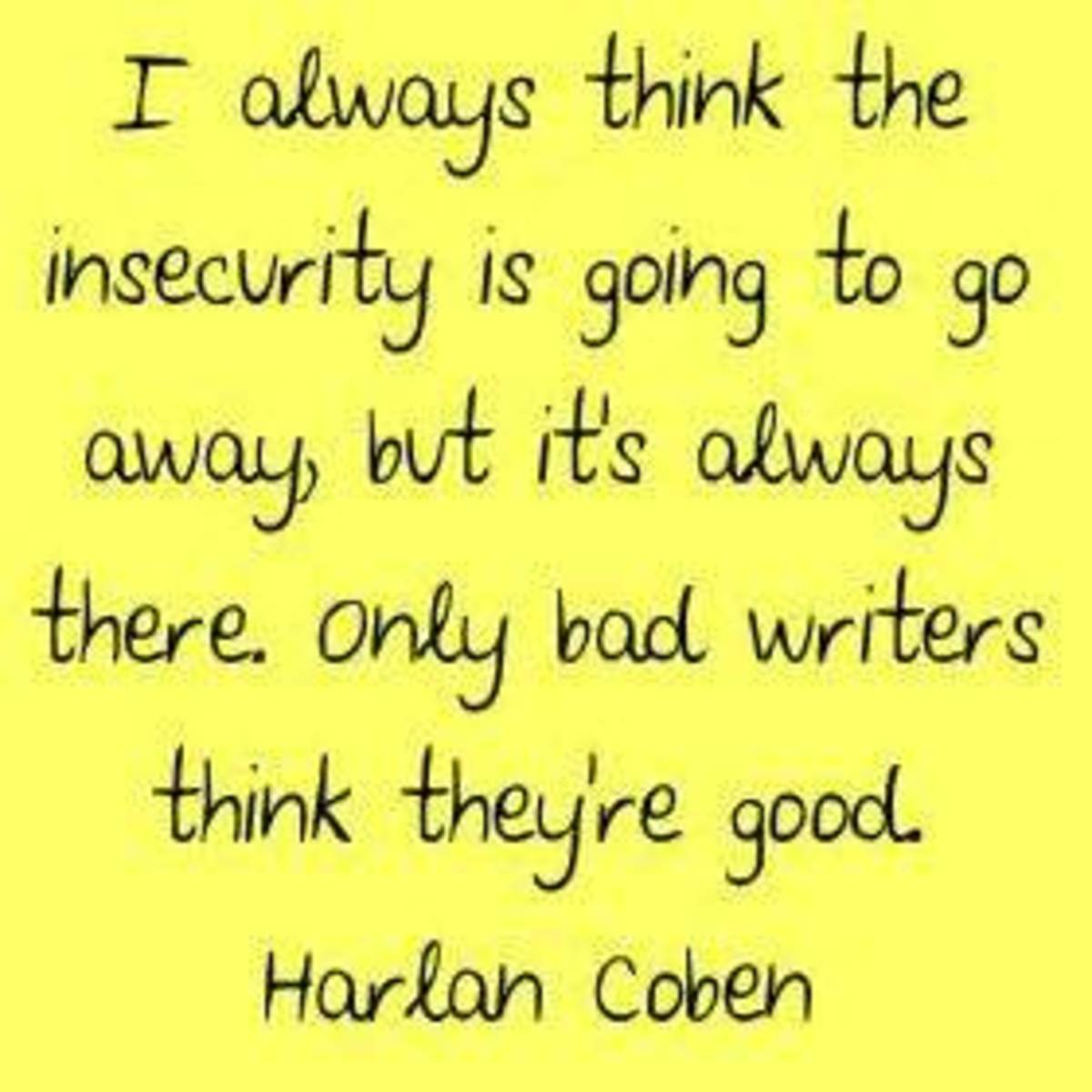How To Write And Publish An Ebook By Yourself
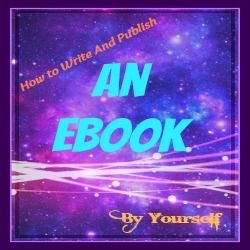
The Writing Is Complete For My eBook -- Now What?
I decided to write an eBook and publish it on my own. I am very excited about this project but it does make me a little nervous. It is a big undertaking and there is a lot of study involved on how to get it right, put it together thoughtfully, and make sure it has interesting material with in its virtual covers.
The formatting has been the worst of it so far. But that's not a bad thing. As I change the way it appears I am able to self-edit and scrutinize the way it is presented.
Writing content for an eBook is obviously the most crucial part of this project. First and foremost, good, clear content is the bulk of my product. In turn threading this content with with related images and diagrams completes the work and it must be high quality.
Selling a thin product is not going to make readers very happy.
The project began with an idea in August of 2012 and I am still seeking answers to how to get it on line for sales. I am sharing what I have learned here so far as a way to organize my research and post what I have found out so you may use this information for your eBook publishing project.
I will need to post my eBook for sale and promote it. This means I need a site, a blog, a specific name for it on Twitter and Facebook and other social platforms. Social marketing and advertising without spamming my audience is tricky business. It requires careful posting and relevant preview information without bombarding viewers with the same old link time after time and giving away the content of the writing.
Here are the steps I took to pull my eBook out of idea stage and post it for sale. While it is still in production I wanted to create a lens to document my progress and share what I have learned as I go. This is a way for other writers to post their tips and tricks to help all of us get to know the process. This information will be updated as the project develops.
Experience is the best master!
Image created by M Burgess in paint and picmonkey. All rights reserved.
Writing an E-Book
Have you written an eBook?
eBook - Popular Reading Material
The how-to-manual in eBook form is a popular style of reading material these days.
With all we do on the internet and techno gadgets it is now our mainstream source for pleasure reading and fix it guides.
Our personal libraries are quickly becoming electronic. The paper backs and hardcover copies of yesterdays literature are being replaced by electronic books for reading on the go.

How To Guides - On Writing How To Guides
The basic format of a how to guide involves writing the steps one would need to create a specific project. It involves blending of content, images, and full descriptions one would need to follow along. It must be written in such a manner you would teach the information to someone who knows nothing about the subject you are writing about.
Making it fun and simple is what will make it a success. I was told by a publisher to write it like it was a very wordy blog post.
Designing Each Page
Visual Appeal And Creative Content
Designing each page with visual appeal and useful, creative content was actually harder than writing the eBook itself. I wanted this guide to flow into each topic smoothly and transition the material in logical order. It needs to be organized in a way that makes sense.
Throughout the eBook I included photographs and diagrams that I created on my own. I could have used a service for this but I decided to use my own creative thinking and methods. Placing related images and detailed diagrams throughout the eBook helped carry out the instructions I wanted to convey to the reader.
I started the project in Google Drive then adapted and downloaded it to MicroSoft Word.
- Google Drive
Google Drive is a great way to format any document. When you are happy with the way your project looks, download it and save it to your computer. There are many tools available with this application. I used the drawing option for creating my illustra - Photo editor | PicMonkey: Free Online Photo Editing
This is a fun site for editing photographs and adding a few effects. I use this site when I am doing pictures or when I want to edit a photograph. Dozens of cool features! I created my original Ebook cover here and then sent it to a virtual artist to - Create Space
Whether you want to publish on your own or can afford to have a professional team work with you, Create Space is an amazing wealth of information. Solid advise and a helpful toll free number will have you published in no time if your manuscript is re
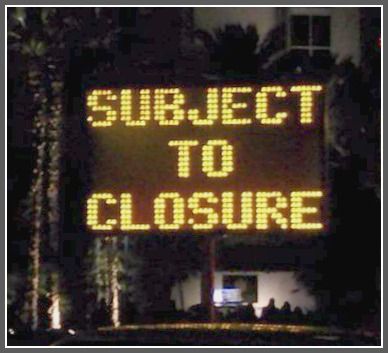
Roadblocks To Self-Publishing
Finalizing Your Manuscript
The main roadblocks I ran into were in the formatting of my manuscript. One of the biggest issues I had was making sure that all of my headers were the same and that Microsoft Word accepted them. The amount of work I have put into the formatting has been more time consuming than writing the content with over 15,000 words. Put your research together ahead of time so that you know what's required before you get halfway through your book and realize you need to change something or everything. Chose the site to upload your files and study their requirements. This will save you hours and weeks of editing.
It was easier to write the book than align it correctly for the printing!
Self-Publishing Check List - Your To Do List
Having a checklist handy for self-publishing ahead of time will save you hours of grief. The manuscript or content of your book is just the beginning of your self-publishing adventures. What I have learned so far is it is easier to write a book than it is to format it correctly for publishing! This has turned into a grateful chore. The hard work you spend and the hours you apply to your project will reflect in the final product. Don't rush things or you will have a sloppy presentation! Here are a few things for you to be aware of when you set forth to conquer the publishing world.
- Cover Design - The front of your book needs to be an image that is clear large and in thumbnail size. The title must be readable when it is in the smaller version.
- What size do you want your book? Do you want a large book or is paperback size fine for your read? I chose an 8 x 10 sizing but wanted a larger book. This will have to do as it is as big as it gets on my publishing site.
- The Layout - choose carefully. The color of the headers and titles should meld into your content easily. Set these from the beginning so you are not going back for a painful re-edit process.
- Font Size - Ideally a font size of 12 pts will help your readers easily consume your content.
- Margins- There will be required margin sizes when you upload to different publishing programs so check the specifications BEFORE you set all of your pages up. Save a new copy if you have to change it.
- Photos - If you are using photographs or illustrations like I did in my book, enlarge them to around 1800 pixels one one of the sides. This will give them the higher resolution you need to print. They recommend a resolution of 300 dpi or dots per inch so your images are not pixelated. This took me a lot of trial and error to get figured out.
Video Advice For Self-Publishing - With Author Ali Luke
This young lady has become my writing hero so to speak. Ali Luke is the author of Publishing EBooks For Dummies. When I found this book I felt like I had opened the door to a world I had been seeking for too long. I didn't even think twice about ordering it. When I found it it was on its way to my home within 15 minutes!
She writes in a clear manner and in simple enough language that you don't get lost in the process. The book is easy to follow and fun!
These videos below are some of her tips and an interview.
Publishing Ebooks For Dummies With Ali Luke
My book is still on the editing board but its release is around the corner. I had fits getting the cover right but once a final version was created I am relieved that it took about 25 tries to get it right! Good things take time. Investing the time into every single process and setting aside that I want it done now feeling will help you create a better product. It took me 30 years to get around to putting this idea on "paper". It is ok that it takes a few months to get it sorted out and just right.
My issues at the moment are making some 20 illustrations stay put on the pages and fine tuning the final formatting.
The changes it has gone through from idea to drawing board to Microsoft Word have been amazing! If anything else comes of this at least I know I had the guts to follow a dream and do all I can to set that passion on virtual paper. Want to write a book? I double dog dare you to write just 3 paragraphs of it. I bet it doubles in size with in a week!
I know that if you do follow the simple guides that are offered here you can get your book published in electronic form.
Thank you for dropping by today & the best of luck in your own writing adventures!
*Update! As of October 16, 2013 my book is officially published for Kindle. I will be editing and re-editing over the next few years, but version 1 is for sale on Amazon! =)
© 2013 Maria Burgess

